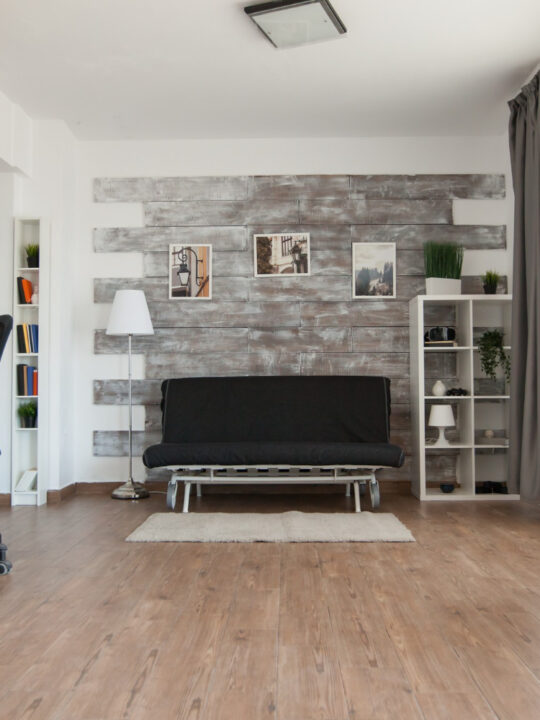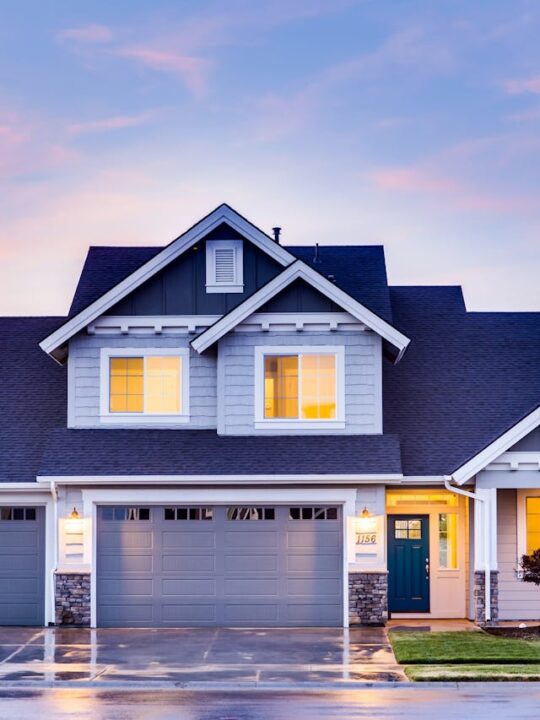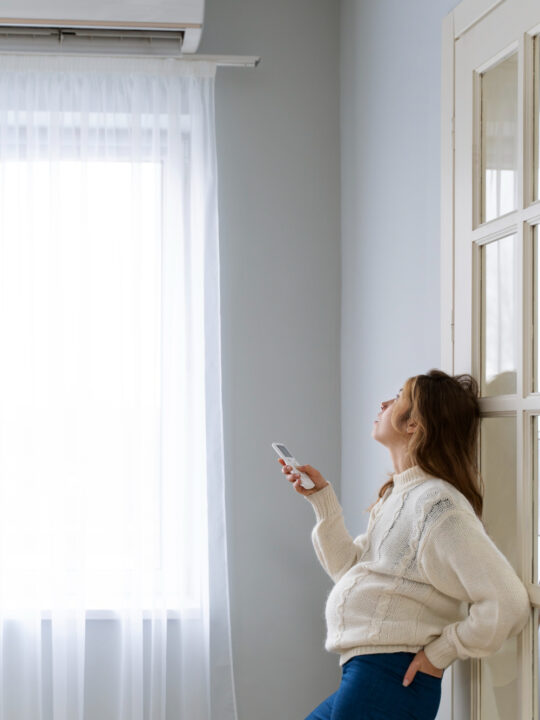 Home decor and planning is more of an art than most people give it credit for. Every detail counts, and if one part of the design is off, it can disturb the whole room’s style and function. That is even truer when it comes to kitchen lighting.
Home decor and planning is more of an art than most people give it credit for. Every detail counts, and if one part of the design is off, it can disturb the whole room’s style and function. That is even truer when it comes to kitchen lighting.
Your kitchen lighting plan will play a powerful role in both the look and the usability of your kitchen. Proper lighting is crucial when you’re trying to read a recipe or working with sharp knives. The wrong lighting can even make the room look small, dated, and dingy.
Whether you’re designing a new kitchen or renovating an older one, follow these top lighting design tips.
Table of Contents
1. Know Your Limits from the Start
Moving lighting fixtures is expensive, messy, and time-consuming. No pressure, but this is something you want to get right the first time.
Before you start planning, get an idea of how your kitchen is wired. Look at where the lights are currently located and where would be the easiest places to add or move lights.
It’s also important to take your budget into consideration. Find out how much it would cost to move lighting fixtures. This will tell you if you have the budget to make those changes or if you need to keep the lights where they are and change the fixtures alone.
2. Consider Your Habits
Take a moment to think about how you plan to use your kitchen. In what area will you be preparing food? If you plan to use the kitchen for work, paperwork, or homework, where will you do that?
This tells you which areas of the kitchen need the most lighting so you can use the room the way you want.
3. Remember Your Levels
The idea of “levels” is a design concept that helps with interior decorating, landscaping design, and of course, lighting design.
In your kitchen, you want to have lights at different height levels. For example, you might recess lights in the ceiling, track lights that come down a bit lower, and a chandelier or pendant lights.
This offers several benefits. First, it gives your kitchen a more balanced look. Second, it gives you multiple lighting sources in the room. Every day, you can choose how much lighting you want and where you want it to come from.
4. Don’t Crowd the Countertops
As beautiful as pendant lights are, you don’t want them to interfere with your ability to use your kitchen. When you are hanging them above open spaces, it’s easy to know how high they need to be to avoid your guests’ heads. What about pendant lights over countertops?
The rule of thumb is to keep pendant lights at least 30-36 inches above the countertop. That is the measurement from the countertop to the bottom of the lighting fixture, not the top.
For most people, this will be tall enough that you won’t hit your head while working at the counter. You can always make your lights taller than this, especially if you have tall people in your family, but don’t go lower than 30 inches.
5. Choose Your Focal Points
When you are designing any room, choosing a focal point makes your entire design easier and more unified. You want to select a specific area to draw your guests’ eyes to.
If you haven’t done this for your kitchen already, choose a focal point before you design your lighting. From there, you can design your lighting accordingly.
For example, let’s say you want to draw the eye toward the area above your stove. You can have the brightest lights in this area, with fewer lights branching out from that point.
You can also choose to use your lighting fixtures’ designs to emphasize your focal point. For instance, a chandelier is sure to attract a guest’s eye and direct it to a specific part of the room.
6. Take the Angles Into Account
As we mentioned above, one of your first steps in designing your kitchen lighting is to decide which areas need the most lighting for you to work. It isn’t only the amount of light that matters, though. It’s the angle, too.
For areas that need plenty of lighting, arrange those lights to be in front of where you will be standing. If the lights are behind you, you will cast a shadow on the workspace.
7. Spread the Love
The way you arrange your lighting can make a powerful difference in your kitchen’s focal points and usability. While you can make certain areas brighter than others, it’s possible to take that too far.
Avoid having too much light coming from any one source. This is especially true if that light source casts a narrow light in a specific direction. Especially when paired with glossy countertops, that’s a recipe for an obtrusive glare.
This is an important consideration to use when you shop for lighting fixtures. Avoid fixtures that cast an extreme amount of light. These are meant to be the main light sources in rooms like dining rooms, not kitchens that need the light to be distributed throughout the room.
8. Get Inspired
While most of our tips have focused on lighting that makes your kitchen easier to use, that isn’t the only consideration. Your lighting can also have a strong impact on the way your kitchen looks.
For example, do nickel fixtures fit your look? Maybe wrought iron or brass would be a better fit? Perhaps you can even use colors for your accent lighting pendants.
Browse real estate websites, home decor magazines, and other sources for pictures of beautiful kitchens. Looks for kitchens with similar styles to yours and look at the types of kitchen lights they used. This can give you ideas for what would look best in your own kitchen.
Designing Your Ideal Kitchen Lighting Plan
The lighting in your kitchen is more than a necessity. It’s an opportunity to customize your home’s style. The tips above can help you design your kitchen lighting plan in a way that gives you both the from and the function you want.
If you want more tips for creating a beautiful home design you can enjoy every day, check out more articles on our blog.







